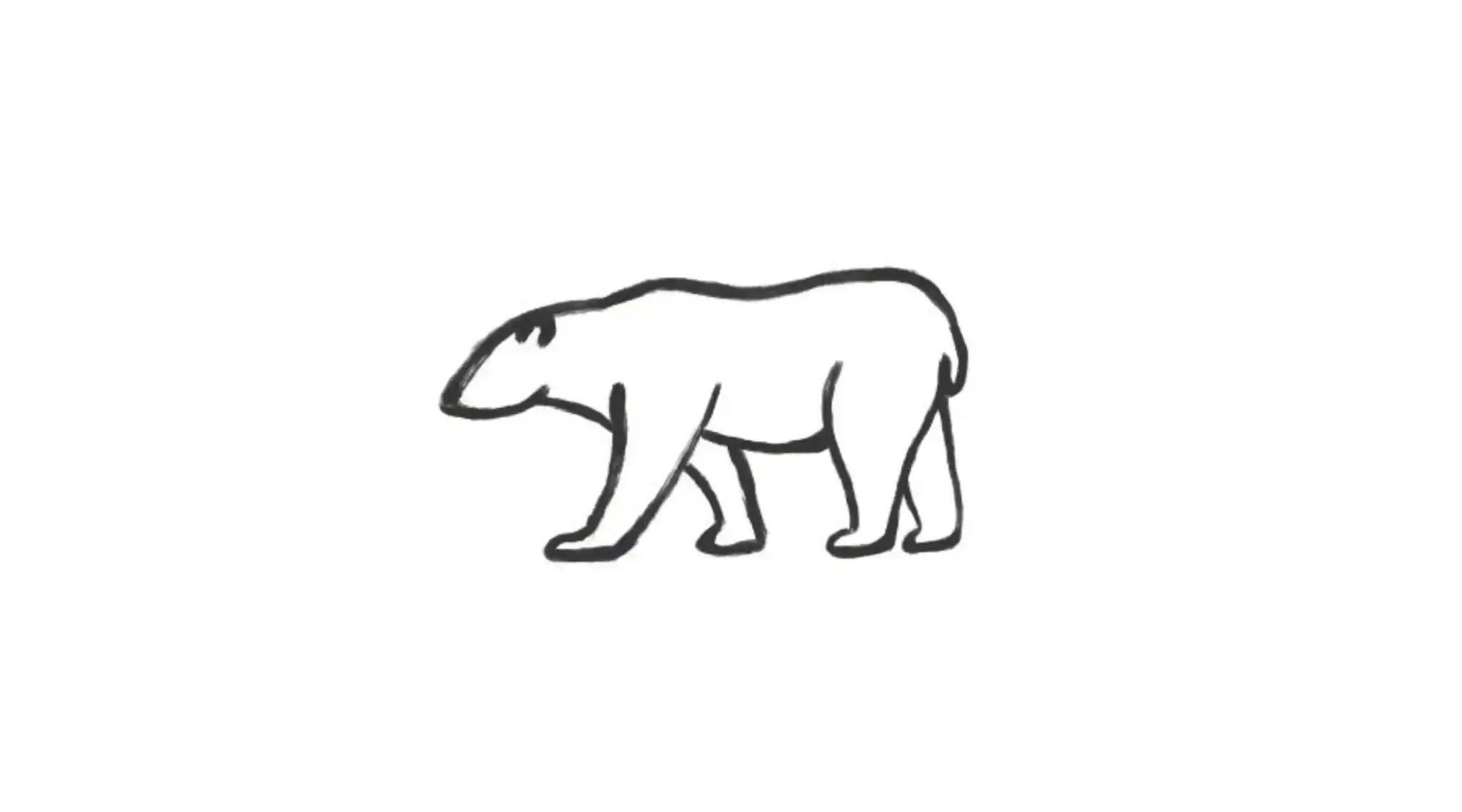
Alaska Bear Camp
Unparalleled privacy & seclusion from our fly-in wilderness camp with phenomenal bear viewing.
Home to some of the largest bears on the planet, national parks the size of nations, and glaciers as big as US states, the call of the wild is real in Alaska. Watch as brown bears snatch leaping salmon out of thundering rivers and spot wild characters such as musk oxen, grey wolves, moose and caribou. The landscapes of Alaska are those of towering snow-capped peaks, dramatic plunging valleys, fjords, untouched glaciers, forests, and perpetual tundra.

Unparalleled privacy & seclusion from our fly-in wilderness camp with phenomenal bear viewing.

Camp in Katmai National Park which boasts some of the highest densities of brown bears and the largest brown bears in the world.

Fly-in and stay deep in the heart of the Alaskan wilderness; St. Elias National Park where bears roam freely.

Expect to budget around $7,500 per person for a 6-day safari in Alaska, staying somewhere like the intimate Alaska Bear Camp in the pure Alaskan wilderness.
From small lodges nestled in the heart of the woods to converted tugboats that offer incredibly close wildlife viewing, our selected Alaska lodges have the most desirable setting to give the best access to the wildlife and natural scenery of the surrounding area. Read more about where to stay in Alaska.
The best time to visit Alaska is between May and September. The climate in Alaska varies dramatically according to where you are, but the state is generally a summer destination, with long hot days and verdant landscape. Winters, while generally dark and cold, are the best months to attempt to catch a glimpse of the magnificent Northern Lights. Read more about when to go to Alaska.

Head out on a small ship cruise to a remote lodge in the wilderness or watch the stunning Salmon Run
Brad Josephs lived up to his reputation, and was excellent in all ways. His knowledge of specific bears enabled him to put us in exactly the right place to get great views of the bears fishing and we think very good photos. Linda Himelbloom, was knowledgeable about Kodiak, very helpful and went above and beyond in what she did. We understood that we wouldn’t be met at Kodiak airport - as it was before the first day of the trip. She did meet us and it did make a big difference. There were some differences - (for the better) between what we had found out before the trip and what happened. The best bits were the close-up views of several bears fishing and running through the sea. The poorest aspect was the Kodiak Inn (not terrible).
Gemma at NWS was extremely helpful and answered all questions comprehensively. We received all relevant material in good time and she was extremely friendly both on the phone and with her emails. Well done Gemma and thank you for your attention to detail. This was a brilliant trip with a great guide (Dan) who went out of his way to ensure everyone had a memorable time. The NWS app was also a great help, both before and during the trip. We now have many memories and loads of photos to look back on fondly for years to come.

Wildlife Specialists
Alaska is one of the last great wildernesses home to brown bears, wolves, orcas, bald eagles and more. We design safaris that revolve around the region’s extraordinary wildlife, whether you're flying into remote bear-viewing outposts or cruising iceberg-dotted fjords to spot whales breaching just offshore.

Wealth of Experience
With years of expertise in creating safaris to Alaska, we know how to deliver rare wildlife moments without compromising comfort or conservation. We work with expert naturalists and local guides, ensuring every encounter is safe, responsible, and unforgettable.

Tailored to You
No two Alaskan adventures are the same. Whether you want to explore Denali’s backcountry, photograph bears up close, or take to the water in search of marine giants, we craft every journey around your interests, timings, and comfort level, with seamless logistics throughout.